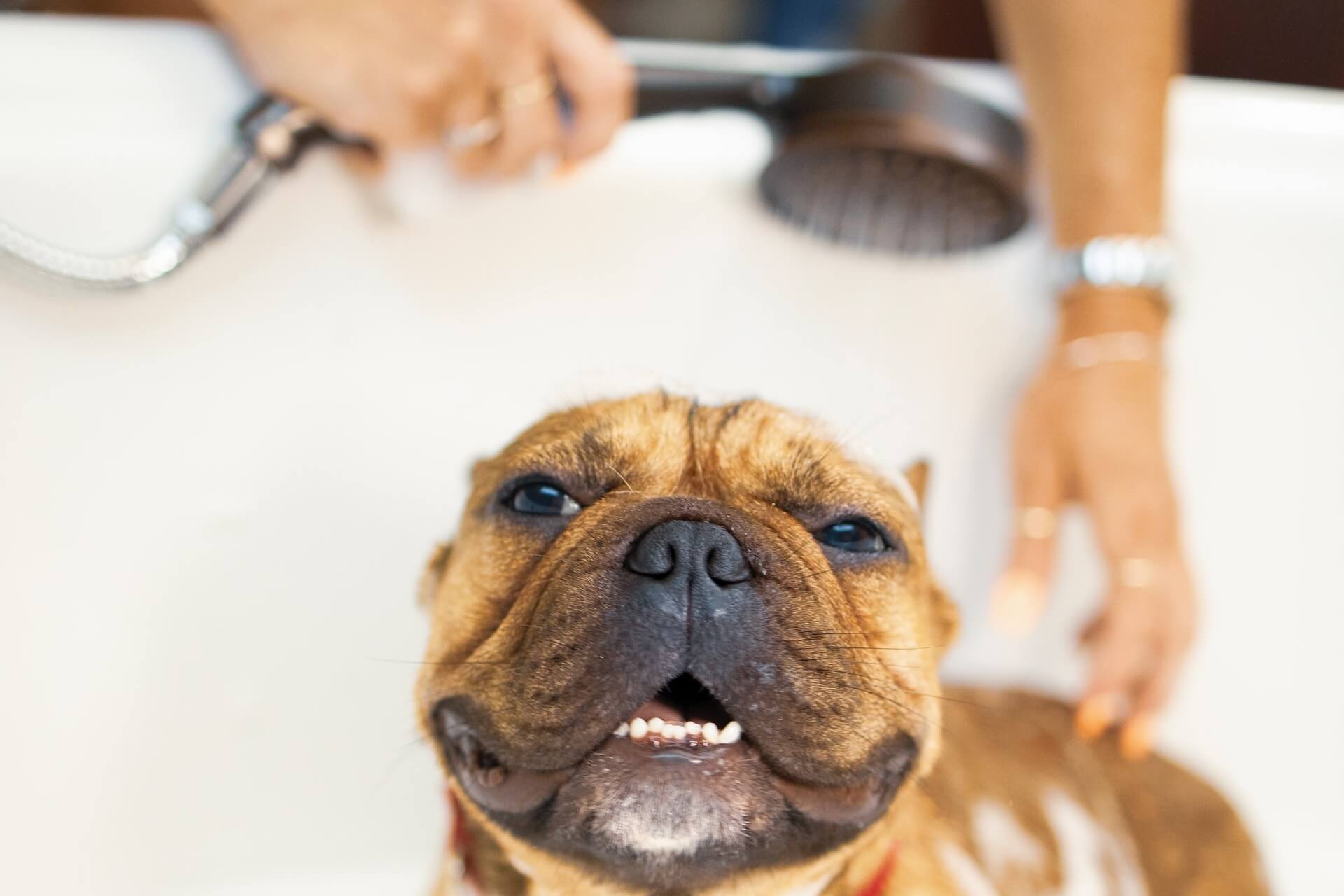Dogs are not just pets; they are family. Family members always deserve the best treatment, especially regarding hygiene. Bathing your dog is an essential part of their grooming routine, but it can be more complex than it might seem. Here’s a comprehensive guide to ensure you do it correctly.
Table of Contents
Understand Your Dog’s Needs
Before diving into the bathing process, it’s crucial to understand that not all dogs have the same needs. Some breeds have specific skin conditions or coat types that require special attention. For instance, a Golden Retriever might need more frequent baths than a Cavapoo due to its long, thick fur.
Gather Your Supplies
Before starting, ensure you have all the necessary supplies:
Dog-specific shampoo: Human shampoos can be harsh on a dog’s skin. Always opt for a dog-specific product that suits your pet’s skin type.
Towels: Have multiple towels on hand. One for placing on the floor to prevent slipping and others for drying your dog.
Brush: A good brushing before the bath can help remove tangles and loose fur.
A non-slip mat will ensure your dog doesn’t slip in the tub.
Detachable showerhead or pitcher: For rinsing.
Pre-Bath Brushing
Give your dog a good brush before you even turn on the water. This will help remove any loose fur and dirt and detangle any knots, smoothing the bathing process. The better you do this step, the easier it will be during bathing.
Test the Water
Like you’d test the water for a baby’s bath, do the same for your dog. It should be warm – not too hot and not too cold. You can sometimes do a cool bath in the hot summer, but some dogs are afraid of water, so you might have to try your best with what you’ve got.
Gradual Introduction
If your dog isn’t a fan of bath time, making the experience as stress-free as possible is essential. Start by letting them explore the bathroom and tub without any water. Offer treats and positive reinforcement to create a positive association.
The Bathing Process
Step 1: Wet your dog’s fur, starting from the neck and moving downwards. Avoid the face for now.
Step 2: Apply the dog shampoo. Start from the neck and work your way down, ensuring you cover every part. Massage the shampoo gently into the fur.
Step 3: Rinse thoroughly. Any leftover shampoo can cause skin irritations. Use a pitcher or detachable showerhead to ensure all the shampoo is out.
Step 4: Wash the face with a damp washcloth, ensuring no shampoo or water enters the eyes or ears.
Drying Your Dog
Once the bath is done, wrap your dog in a towel and gently pat them dry. Avoid rubbing, as this can cause tangles. If your dog has long fur, consider using a hairdryer on the lowest setting, but always check the temperature with your hand first.
Post-Bath Rewards
After the bath, reward your dog with their favorite treat and playtime. This will help them associate bath time with positive experiences. Always tell them good job and give them some treats because the more you do that, it puts in their mind that I get a treat when they do good on this. It’s just like potty training a little kid. Being rewarded for something you did always feels so good.
Conclusion
Bathing your dog is more than just a cleaning routine; it’s a bonding experience. By following this guide, you ensure your dog is clean but also stress-free and happy. Remember, the key is patience, understanding, and lots of love.



![Best Dog Breeds in India for Home [2022] Dachshund Price in India](https://petsyfy.com/wp-content/uploads/2022/07/Dachshund-Price-in-India-150x150.jpeg)

